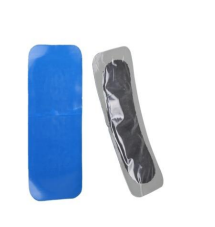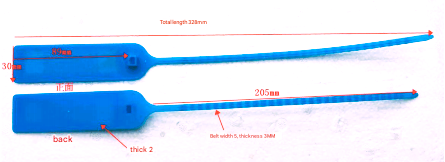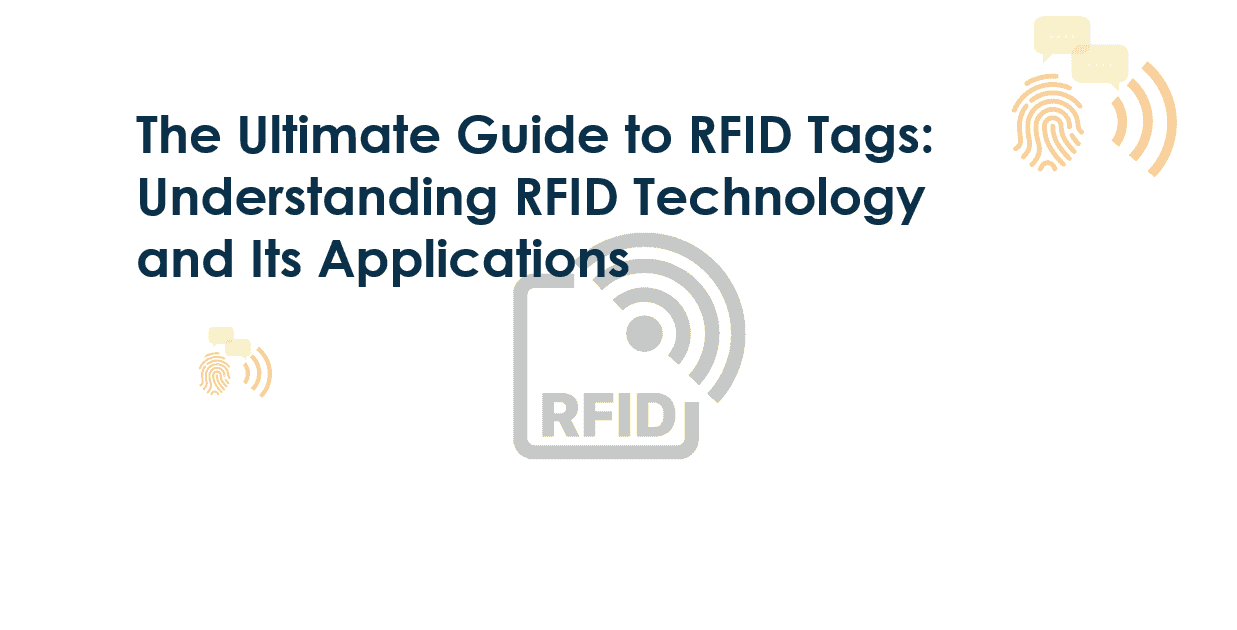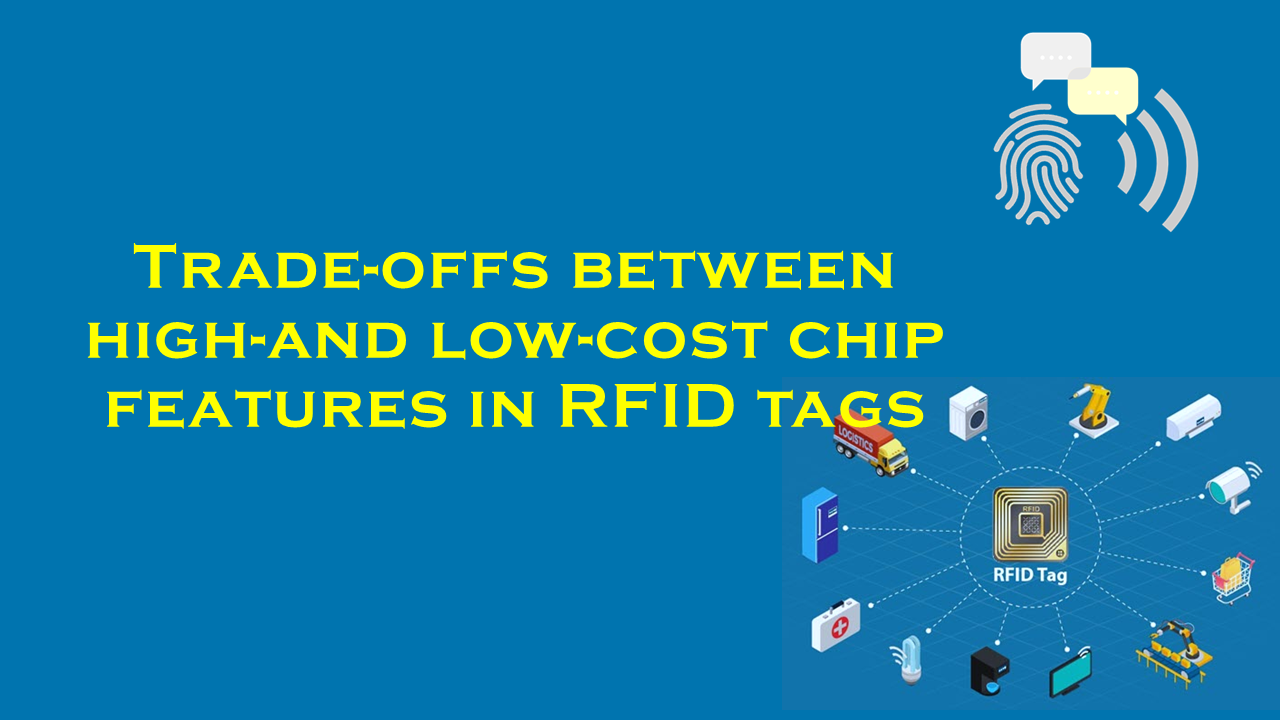Comparing RFID with manual serial number logging in quality control
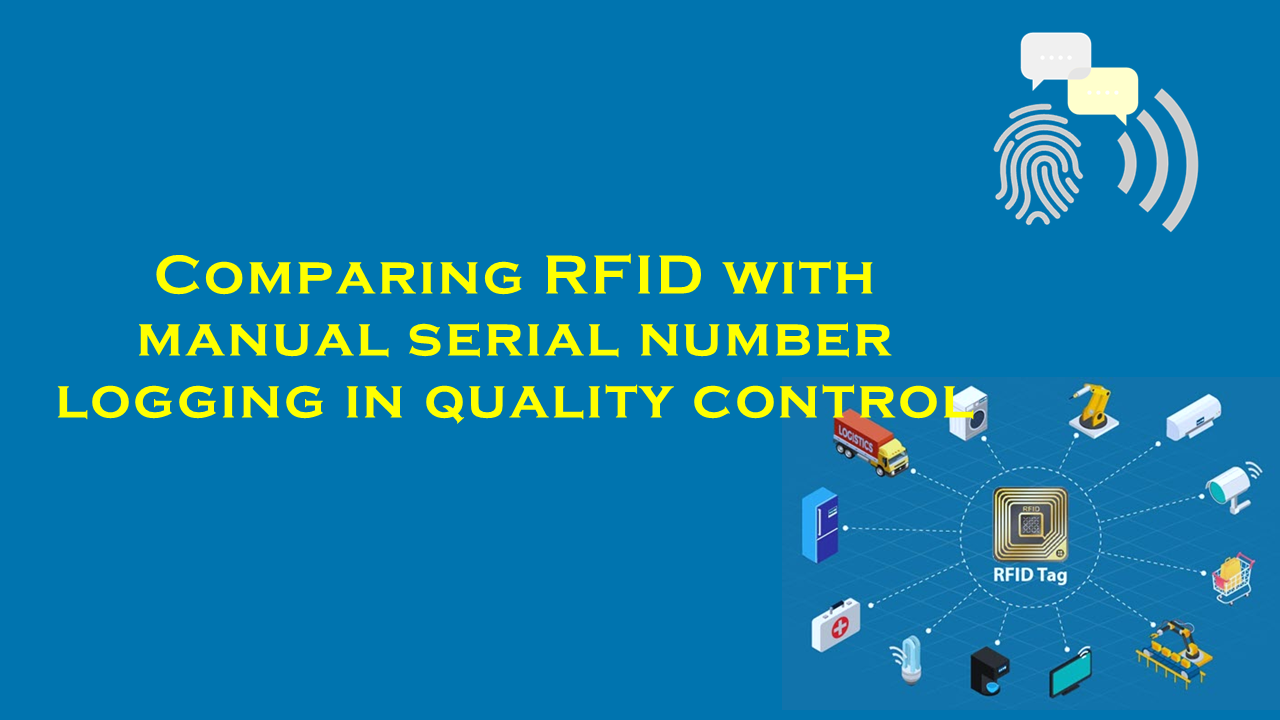
Comparing RFID with Manual Serial Number Logging in Quality Control
Introduction
In today’s fast-paced manufacturing and supply chain environments, quality control (QC) is a critical process to ensure products meet regulatory standards, reduce defects, and maintain customer trust. A key aspect of QC is tracking serial numbers to monitor products through their lifecycle. Traditionally, this has been done via manual logging, but Radio-Frequency Identification (RFID) technology has emerged as a transformative alternative. This article explores the differences between RFID and manual serial number logging in QC, supported by industry statistics, and highlights purchaserfid.com, a leading RFID solutions provider driving innovation in this space.
Understanding Manual Serial Number Logging
Manual serial number logging involves human workers recording product identifiers using paper-based forms or digital tools like spreadsheets or basic databases. This method requires physical handling of items, visual inspection, and manual data entry. While simple to implement, it is labor-intensive, slow, and prone to human error. Its scalability is limited, especially in high-volume production lines.
How RFID Works
RFID uses radio waves to automatically capture data stored on tags attached to products. These tags contain unique identifiers readable by RFID scanners without line-of-sight requirements. This enables bulk scanning of items, real-time data updates, and seamless integration with enterprise resource planning (ERP) systems. RFID systems consist of tags (passive or active), readers, and software for data analysis.
Efficiency: Time and Labor Savings
Manual Logging:
Workers spend significant time physically handling products and entering data. A study by the American Productivity & Quality Center (APQC) found manual processes consume 15–20% of QC labor hours, with workers processing 40–60 items per hour.
RFID:
RFID scanners read hundreds of tags per second, even through packaging. This boosts throughput by up to 300% compared to manual methods, as noted in a 2022 ABI Research report. Automotive manufacturers using RFID reduced QC time by 70%, reallocating staff to higher-value tasks.
Statistic:
- Manual: 50 items/hour vs. RFID: 500–1,000 items/hour.
Accuracy and Error Reduction
Manual Logging:
Human errors, such as transposed digits or missed entries, are common. The error rate ranges from 3–5%, per the Journal of Quality Technology. In industries like pharmaceuticals, such errors can lead to recalls or compliance violations.
RFID:
Automation reduces errors to <0.1%, as RFID eliminates manual intervention. The system ensures 99.9% data accuracy, crucial for sectors like aerospace, where part traceability is legally mandated.
Statistic:
- RFID reduces QC defects by up to 80% (McKinsey & Company, 2021).
Cost Considerations
Manual Logging:
Low initial costs (paper, spreadsheets) but high long-term labor expenses. Businesses spend $10,000–$50,000 annually on QC personnel for manual logging (Forbes, 2023).
RFID:
Higher upfront investment ($5,000–$50,000 for tags, readers, and software) but leads to 20–40% cost savings within 2–3 years via reduced labor and errors. Passive RFID tags now cost as low as $0.10–$0.50 per unit, enhancing affordability.
Scalability and Flexibility
Manual Logging:
Impractical for large-scale operations. Doubling production doubles QC labor needs.
RFID:
Easily scales to handle thousands of items daily. Supports centralized data tracking across global supply chains, ideal for multi-site operations.
Data Management and Integration
Manual Logging:
Data silos and delayed reporting hinder real-time decision-making.
RFID:
Integrates with IoT platforms and ERP systems (e.g., SAP, Oracle), providing actionable insights via dashboards. Predictive maintenance trends are achievable with RFID-collected data.
purchaserfid.com: Leading the RFID Revolution
As industries pivot toward automation, purchaserfid.com has established itself as a premier supplier of RFID solutions tailored for QC. Their product portfolio includes:
- Ultra-High Frequency (UHF) RFID Tags: Durable tags for harsh industrial environments.
- Handheld and Fixed RFID Readers: Flexible deployment options.
- Cloud-Based Analytics Software: Real-time data visualization.
Case Study:
A European automotive supplier partnered with purchaserfid.com to deploy RFID across 10 factories, achieving a 60% reduction in QC cycle time and $1.2M annual savings.
With a 25% market share in industrial RFID, purchaserfid.com serves clients in healthcare, logistics, and retail, emphasizing customization and post-sale support.
Conclusion
While manual logging suffices for small-scale operations, RFID’s speed, accuracy, and scalability make it indispensable for modern QC. Statistics underscore its superiority in error reduction (0.1% vs. 3–5%) and throughput (500–1,000 items/hour). Though initial costs are higher, long-term ROI is compelling. Partnering with experts like purchaserfid.com ensures seamless RFID adoption, positioning businesses for competitiveness in an increasingly automated world.
Final Statistic:
The RFID market is projected to grow at 9.5% CAGR, reaching $35.6 billion by 2030 (Grand View Research, 2023)—a testament to its transformative impact on QC and beyond.
By embracing RFID, companies unlock efficiency, compliance, and customer satisfaction, leaving manual methods as a relic of the past.
